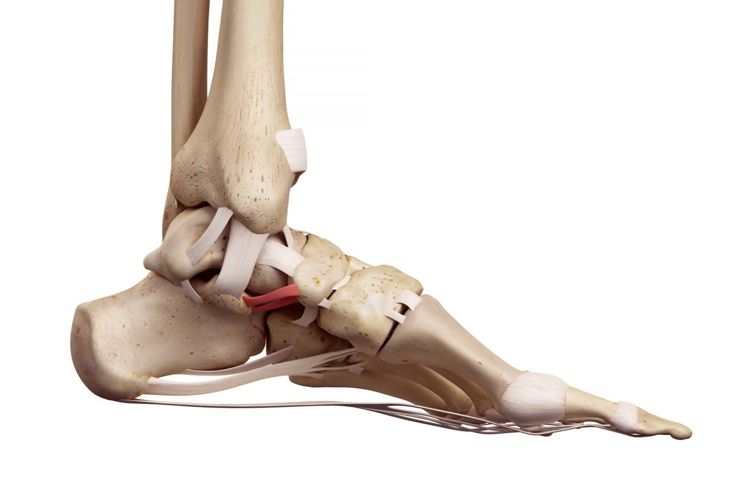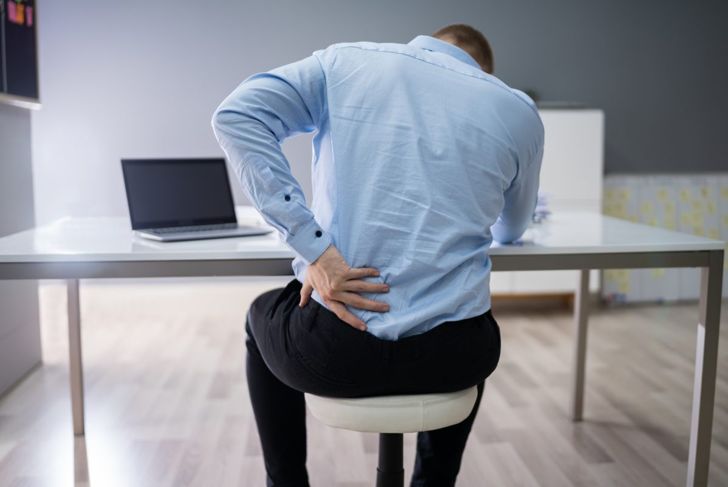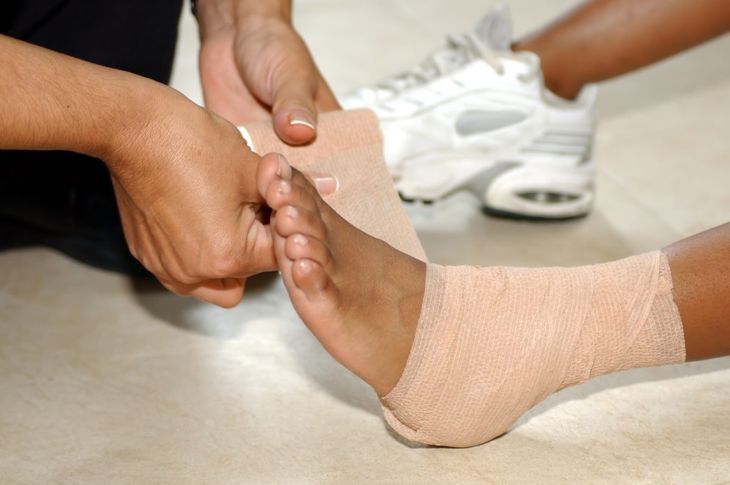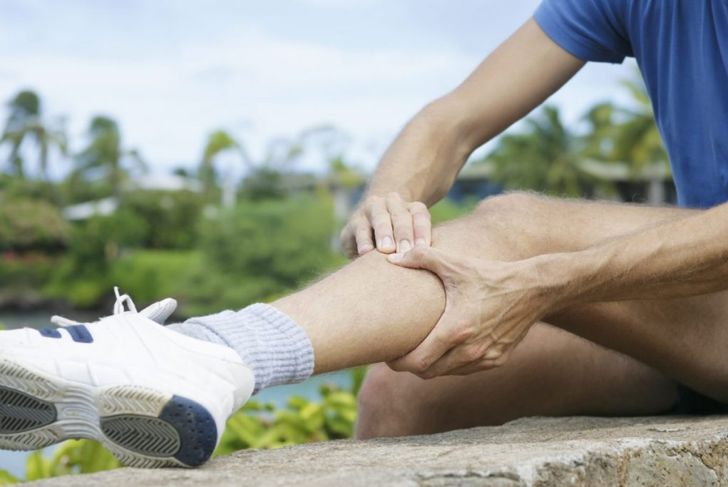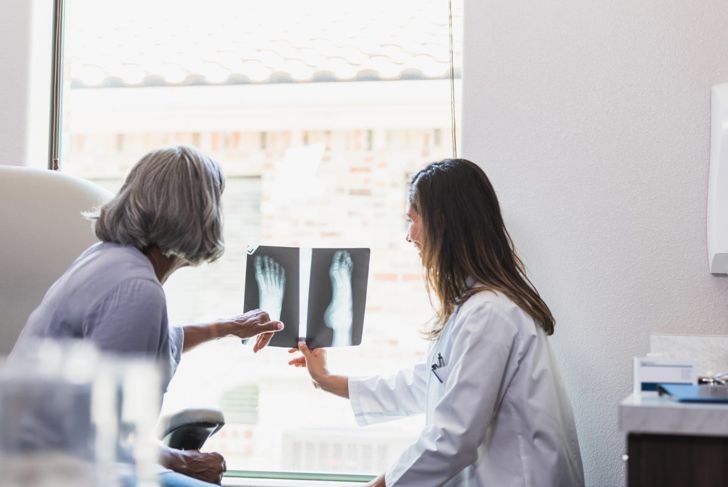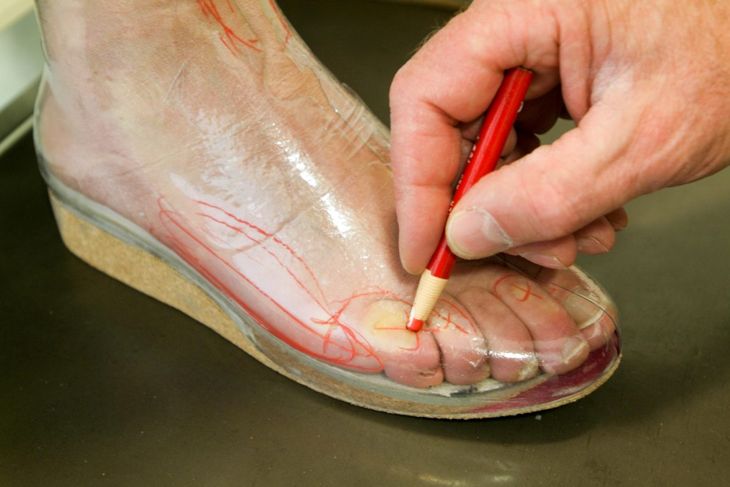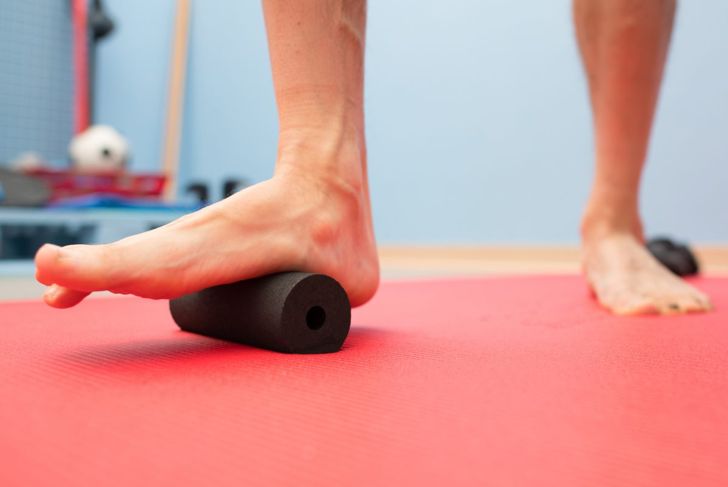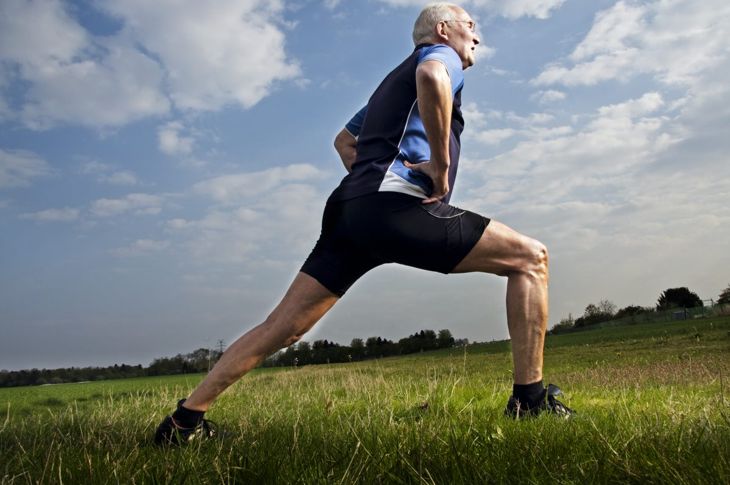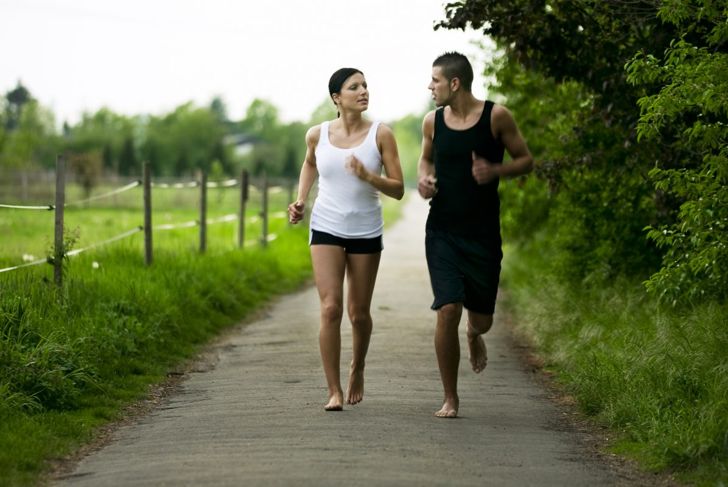Foot pronation is the natural inward and outward movement of the foot while walking or running. Overpronation occurs when the foot rolls excessively inwardly to the point of adversely affecting the normal gait cycle. This affects how a person stands, runs, and distributes their body weight. For some, overpronation — sometimes called “flat foot” — causes no inconvenience. However, it often leads to posture and walking problems, becoming the oft-undetected root cause of back pain. Fortunately, overpronation is typically treatable with retraining techniques and adjustments.
When Overpronation Begins
Overpronation is common in childhood, as the arch has not yet developed. It also occurs in adulthood if a person’s arch collapses. Changes in the soft tissue structures of the foot cause joints to loosen and bones to shift. Consequently, the foot progressively flattens.
Causes and Risk Factors
Causes of overpronation range from genetics to the cumulative effects of daily living to injury. In some instances, overpronation arises from congenital foot deformities. Physical trauma that affects bones or joints may contribute to this condition as well.Factors known to increase the risk of overpronation include
- Foot or ankle injury
- Obesity
- Diabetes
- Rheumatoid arthritis
- Poor posture
- Daily walking on a flat, hard surface
- Running with incorrect form
- Footwear that does not offer proper support
- Weak legs
Signs & Symptoms
Many people live with overpronation without any pain, adverse symptoms, or knowledge of their condition. Others experience discomfort or swelling in the toes, underfoot, heel, or arch area that may worsen with activity. Pain often occurs when walking, running, or standing for extended periods. Signs and symptoms of overpronation in severe cases may include
- Shoes that appear to roll inward
- Inflammation and pain in the feet or ankles
- Back pain
- Ankle sprains
- Bunions or hammertoes
- Nerve injuries
- Tendon overuse injuries
Issues Overpronation May Trigger
Overpronation is implicated in many foot disorders. Research suggests that it can decrease blood flow in the Achilles tendon, impairing tissue recovery. A 2014 study suggests that overpronation places greater stress on the plantar fascia, leading to plantar fasciitis. Other evidence indicates that overpronation is a risk factor for shin splints, metatarsalgia, and patellofemoral pain syndrome.
Detection and Proper Strike Form
Check regularly for poor posture and form, as they contribute largely to overpronation, foot, leg, and heel pain, and injury. When the feet strike the ground, the arches should roll upward. The heel should strike the ground rolling evenly forward, not too hard or abruptly. Toes should lift as the foot goes into its forward roll when completing a step.
Professional Diagnosis
A podiatrist or sports medicine professional can observe signs of excessive pronation and imbalances and diagnose overpronation. The doctor will likely examine the wear pattern on the patient’s shoes and study the feet from the front to back. A specialist may also order an imaging test such as an X-ray, MRI, ultrasound, or CT scan. If the pain is intense, they may ask about any loss of sensory function, which could indicate nerve damage.
Research on Supports
For many years, foot specialists have prescribed orthotic supports such as specially designed insoles and shoes to correct overpronation. However, researchers are concerned that such implements may cause other problems. For instance, a 2017 study reports that runners with overpronation experienced reduced knee and hip range of motion after using a medially wedged insole.
Reconditioning
According to research culminated in a 2019 study, strengthening the plantar intrinsic foot muscles can increase their capacity to support the medial longitudinal arch in the foot. The report indicates that additional activation of these muscles during gait can deter the deformation of the arch. Such conditioning may effectively treat or prevent lower extremity injuries related to flat foot.
DIY Improvement
Practices at home may help correct improper form and posture, and ease leg stiffness often associated with overpronation. When walking or running, have the foot or heel contact the ground from the outside. Try landing closer to the midfoot for softer impact. Stretch the calves and hamstrings regularly to help enhance flexibility, blood flow, and range of motion in painful areas.
Shoes (or No Shoes) for the Right Footing
Wearing well-fitting shoes with proper support is vital for improving overpronation. Look for firmer, thicker footwear with motion stability or multi-density midsoles. Since individuals who overpronate often develop calluses or bunions, wider shoes can help keep heels and toes from rubbing. Replace worn-out footwear regularly.Going barefoot is a growing trend among runners with frequent injuries. While this may seem counterintuitive, transitioning from walking barefoot to running without shoes can improve overpronation for active individuals. Data in another 2019 study of overpronating cross-country runners showed significantly lessened pronation after four weeks of barefoot running training.

 Home
Home Health
Health Diet & Nutrition
Diet & Nutrition Living Well
Living Well More
More